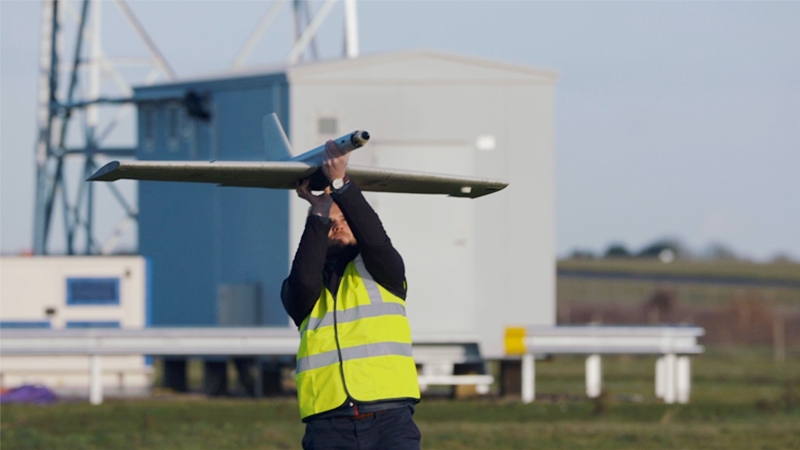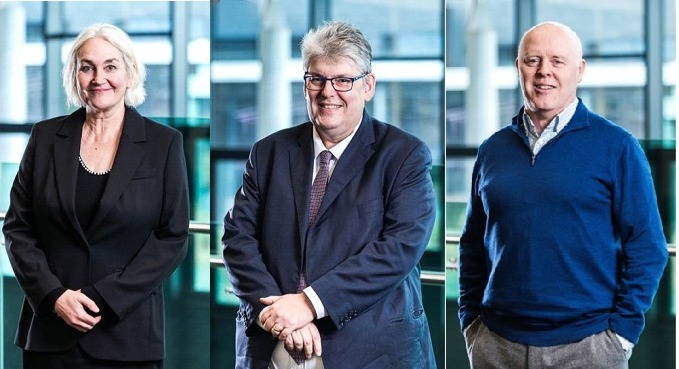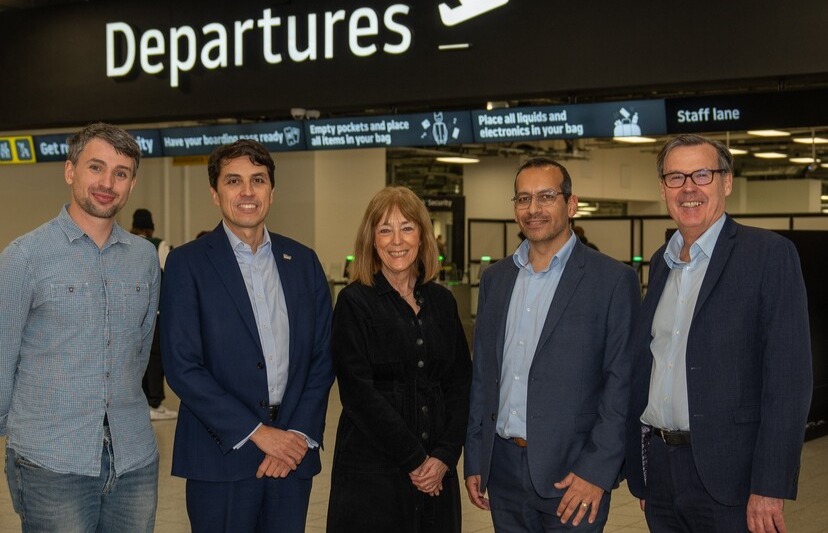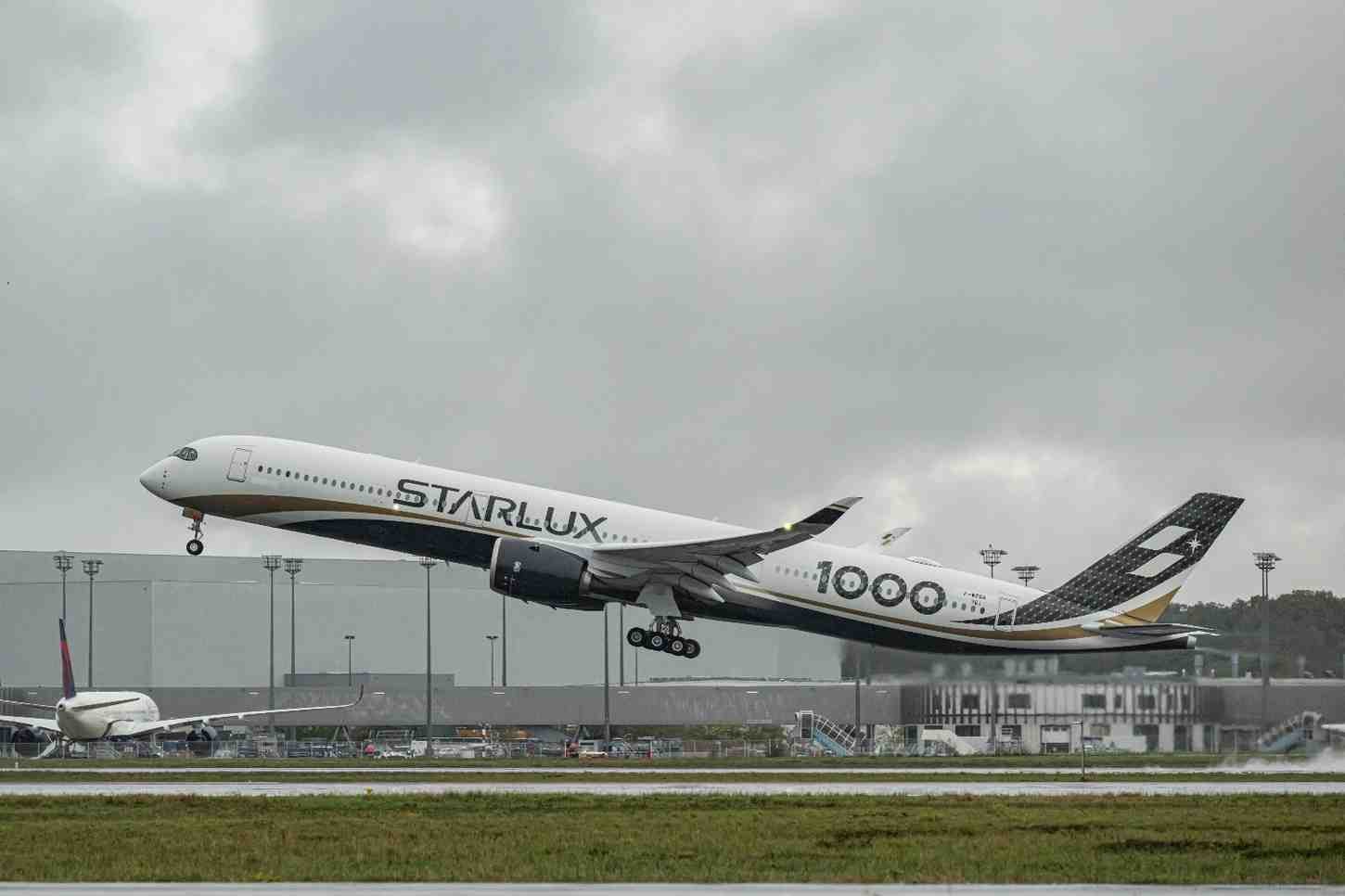Holographic Radar tech accelerates development of unsegregated airspace research facility

Above:
The first test flights to establish the principles for the National Beyond visual line of sight Experimentation Corridor (NBEC) took place early last year.
Courtesy Cranfield University
The National Beyond Visual Line of Sight (BVLOS) Experimentation Corridor (NBEC) is developing a BVLOS flight corridor stretching 10 miles, from Cranfield University’s global research airport towards Blue Bear Systems Research Twinwoods test site near its headquarters in Oakley. The corridor will provide a safe, managed environment for unmanned aircraft experimentation, working towards a range of uses, including for the emergency services and medical industries.
The collaboration between Cranfield University, Blue Bear Systems Research, Thales and Vodafone is already paving the way for unsegregated flight operations. Now, world-renowned radar specialist Aveillant, a wholly owned Thales company, has brought their unique Holographic Radar for testing in the flight corridor.
Aveillant’s radars are already used to detect drones at several international airports, to prevent unmanned systems from entering the flight path. This same radar technology is now being applied by NBEC, with Aveillant’s Gamekeeper Radar successfully tested over the last month at Blue Bear’s facility.
Dr Dominic Walker, Chief Executive Officer at Aveillant explains: “The radar successfully detected and tracked a number of different drones, with excellent correlation between the detected and real tracks. This test proves and de-risks the technology which will underpin the NBEC airspace monitoring.”
Aveillant’s Holographic Radar system differs fundamentally from traditional mechanically scanned radars and electronically scanned systems, requiring only a very narrow bandwidth. With excellent detection performance against multiple targets, Holographic Radar digitises the entire volume of airspace it sees; a fundamental advance on any form of scanning radar.
Combining leading industry partners with the best of academia to create the UK’s first national testing facility, NBEC is working closely with the Digital Aviation Research and Technology Centre (DARTeC), also under construction at Cranfield. With NBEC chosen as one of six companies selected to join the Civil Aviation Authority’s (CAA) ‘Innovation Sandbox’, the testing facility provides UK aerospace with a unique opportunity using Cranfield’s live operational airport, to secure the UK’s position at the forefront of drone application development and future adoption.
NBEC’s test centre will be opening for use by the aerospace industry in summer 2020. Director of Aerospace at Cranfield, Professor Iain Gray, said: “NBEC is a national asset that will help unlock the potential of a modernised UK airspace. The key to future drone operations is not segregation, but full integration, ensuring fair and equitable use of airspace.”
Regulations currently require drones to operate within visual line of sight of the operator at all times. The NBEC partners, Cranfield University, Blue Bear Systems Research, Thales and Vodafone, aim to create an experimentation corridor that will enable drones and unmanned aircraft to fly in the same airspace. The corridor stretches 10 miles from Blue Bear Systems Research’s headquarters in Oakley to Cranfield University’s global research airport.
DARTeC is spearheading the UK’s research into digital aviation technology. DARTeC will address research challenges facing the aviation industry including the integration of drones into civilian airspace as well as increasing the efficiency and safety of airports and airspace through technological advances.
Co-investment support for DARTeC is being provided through a consortium of leading aerospace and aviation companies including Aveillant, BOXARR, Inmarsat, the IVHM Centre, Saab and Thales – as well as Research England and Cranfield University. Since its launch the DARTeC consortium has grown to include additional organisations, Blue Bear Systems Research, the Connected Places Catapult, IATA and the Satellite Applications Catapult.












